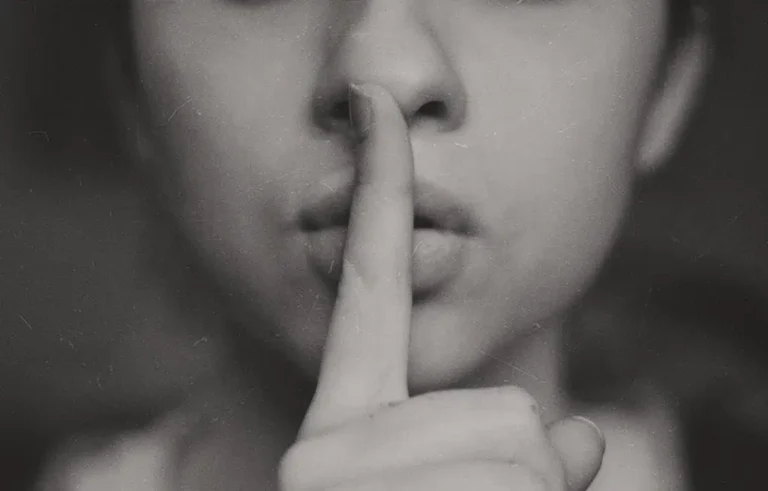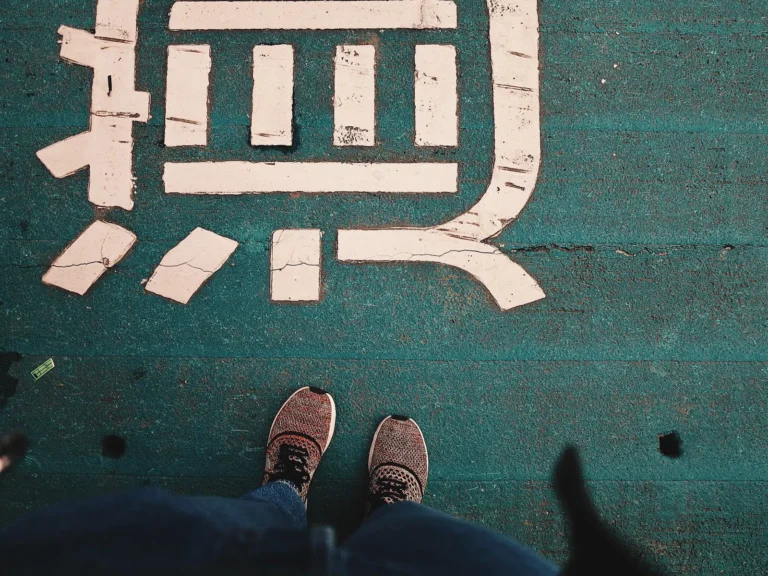A martial arts instructor teaches people all aspects of a martial art, from tactics, self-defence and physical conditioning, to philosophy, history and decorum.
Since the times of the earliest recorded societies, mankind has trained in and developed the arts of war during peace time, as preparation for times of conflict.
Before the advent of firearms these arts consisted of fighting with the hands and feet, as well as training with weapons such as cutting instruments (swords, knives), blunt instruments (chains, staffs) and projectiles (javelins, bow and arrow).
Over time various countries’ arts of war, literally translated as the martial arts, became highly stylised by their elite practitioners – a physical elite who organised them into learning systems encompassing physical conditioning, philosophy and etiquette.
With the advent of firearms there has been little need for hand to hand combat in most developed countries since the 16th century and yet the martial arts have continued to exert a lasting appeal over society, never more so than today.
The reasons for this are manifold: the martial arts are challenging to learn; one must pass through physical, emotional and spiritual learning, none of which comes without a measure of adversity.
Through adversity one can learn about oneself, one’s limits, and how to exceed these.
There is also a perceived need for personal self-defence in today’s society and to a practitioner, the martial arts offer confidence, itself a deterrent to crime.
There are many other reasons for learning a martial art, each one of them personal to the individual student.
Salary
Salary varies hugely within martial arts teaching.
The main factor affecting salary is usually the number of students present in classes and the price each one pays, as martial arts are usually charged on a per head basis.
The price students are willing to pay for a martial arts class depends on the following factors – the quality of instruction on offer, the rarity of the art, the facilities of the club.
- Leisure centres contracting martial arts classes may pay a flat rate to the instructor of around £30 per hour.
- Most independent martial arts classes charge from £5 – £15 per person per class or a monthly figure of between £50 – £150.
There are other avenues for martial arts instructors to earn extra money such as uniform sales, weekend workshops and regular gradings where student progress is tested and rewarded.
Experienced instructors that have advanced students have the chance to expand their organisation and income further.
Responsibilities
A martial arts instructor’s working day will contain the following elements:
- Preparing class plans in advance.
- Teaching classes which will normally consist of warm up, skills training, conditioning, sparring, stretching and some lecturing – all in varying amounts on different days.
- Monitoring and noting students’ progress, providing feedback for students on an individual and group basis where there is need for improvement/ grounds for reward.
- Keeping up to date on personal skills and training.
- Continuing study of martial arts theory and philosophy.
- Administrative duties.
- Promotional enterprises such as advertising, arranging new classes, demonstrations etc.
- Travelling to other clubs to give special workshops.
Qualifications
The exact qualification required to teach a martial art varies from art to art and therein between different organisations.
Extraneous circumstance excepted, all arts agree that a teacher must be at least a mature, advanced student and have first passed through a period of apprenticeship.
Usually, dedicated students will be given increasing responsibility as they prove themselves capable.
Once their skills are good enough to provide a correct example to beginners they will be invested with some teaching roles, such as taking warm-up or teaching absolute beginners.
Over time, an advanced student will go on to teaching his own classes with lessening amounts of supervision.
Only a fully qualified instructor may conduct gradings; in the case of an assistant instructor with his own class, his superior will grade the students, though they remain in the care of the assistant.
In the UK all martial arts instructors must have third party insurance to cover them in the event of student injury.
There are qualifications available to teach gym based martial arts.
These sport versions ignore the theoretical aspects of martial arts, focusing purely on fitness and a little self-defence.
Skills
In order to teach the martial arts, an instructor would need the following:
- A high level of skill in his given art and the go-ahead to teach, or a nationally recognised qualification.
- Excellent fitness.
- Some anatomical knowledge.
- Confidence speaking in front of an audience.
- The ability to communicate complex ideas to a wide range of people.
- The patience to teach people of vastly differing physical ability.
- Good organisational skills; a martial arts instructor is responsible for running his own business.
Working Conditions
Martial arts classes are taught from either a space in a sports centre or often from a rented out temporary space such as a school, church or community hall.
Some martial arts schools are lucky enough to have their own dedicated training space but this is rare in larger cities where rents are high.
Classes usually take place at evenings and weekends outside of working hours.
A class make take from 1 – 3 hours consisting of different elements.
There is always the risk of danger at a martial arts class, and it is up to the instructor to minimise this via safe working practices and correct teaching.
Protective equipment such as soft mats, foot pads, gloves and headgear can be used while sparring.
For weapons work there are wooden and plastic training versions.
Depending on the type of martial art, the risk of injury may be greater, though usually to the students rather than the instructor.
Teaching martial arts properly is an immensely challenging and rewarding job.
Leading by example can effectively mean taking a very hard martial arts class at the same time as lecturing.
It naturally follows then that a martial arts instructor’s level of fitness and ability has to be in excess of his students.
Working for only 2 – 5 hours per day may sound like an easy ride but doing so 7 days a week to a high level of excellence, in addition to the peripheral duties, can leave an instructor exhausted.
Depending on the seriousness of one’s students there can also be a large emotional factor.
Some students invest a lot of emotion and hope in their training and an instructor can find themselves being a focal point in multiple people’s lives.
Experience
As mentioned in qualifications, the main factor for teaching traditional martial arts is experience itself, that can only be gained through years of practice.
For the dedicated martial arts student thinking of becoming an instructor it would also help to have experience in any other form of teaching, sports or otherwise.
Teaching children martial arts is hugely different from teaching adults, (there is a much greater responsibility and attention required), so any experience working with children is advantageous.
Employers
Martial arts instructors can often find work by hiring a space in a gym or fitness centre such as:
Alternatively instructors may be able to set up classes in community spaces such as youth centres, meeting halls or churches.
For independent instructors the employer is the general public.
Advertising in specialist magazines, sports halls, libraries, shops and other community spaces will draw in students.
Career Progression
Assistant martial arts instructors work their way up to be fully qualified instructors.
After many years running one’s own school, a martial arts instructor could come to head up his own organisation, comprising of other schools taught by his graduated students, operating under his guidance.
Also known as…
- Teacher
- Master
- Sifu (China)
- Sensei (Japan)
- Mestre (Brazil)
Related Jobs
- Teacher
- Yoga Teacher
What’s it really like?
Andy Eadie, also known by his capoeira name ‘Cientista’ is 33 years old and an assistant martial arts instructor teaching the Brazilian martial art of capoeira.
He operates under the tutelage of Mestre Ponciano Almeida from group Cordao de Ouro.
Monitor Cientista also runs his own capoeira website Capoeira Science.
What is your job title?
My official capoeira title is ‘Monitor’; it is the first grading allowed to teach but only under the supervision of a higher belt such as Professor or Mestre.
How long have you been in this particular job
I have been training capoeira for 10 years now, 8 of them with Mestre Ponciano.
It takes a long time before you are allowed to teach capoeira in our organisation, partly because the relative skill level of the group is so high and partly because capoeira itself is so hard to learn to the point where you can begin to pass it on.
There’s so much besides movement to learn and that is hard enough; capoeira is a culture in itself, reaching back hundreds of years.
What did you do before this job?
Directly before this I was working as a Web Editor but I have done a lot of things, from working as a stunt man in movies to writing and creating videos and instructional capoeira DVDs.
What do you do in a typical day at work
The largest part of becoming a teacher is continuous training and this means going to capoeira classes to keep my skills up.
Even though I am moving into teaching, when you are lucky enough to be near a teacher as great as Mestre Ponciano there is a big part of you that never wants to flee the nest.
I take notes after class and sometimes I try to replicate his teachings in my own class.
Additionally I go to gymnastics to keep up with my acrobatics; not everyone at capoeira does this but it really helps me with the live shows we do, plus one of my distinguishing features in class is that I am quite acrobatic.
As if that wasn’t enough I train weights, mostly body weight exercises and work my flexibility because capoeira is very demanding on the body; stretching not only gives you access to advanced movements, but also prevents injuries by releasing muscle tension.
When it comes to my actual teaching I always prepare in my mind and on paper what I am going to focus on in the class.
I may have to modify things slightly to fit who is actually present but as long as I have a basis to work on, I can elaborate or simplify from there.
Students love it when you speak to them, since they are there to learn and the philosophical and tactical side of capoeira always enchants people, otherwise they would be in the gym or doing a team sport.
What do you like about the job?
Seeing people develop in their skills and watching their personality and happiness grow with it has to be the single greatest joy of teaching martial arts.
Capoeira is very social too so students make great friendships among themselves.
It is like a family.
What do you dislike about the job?
There is nothing I dislike about being an assistant capoeira teacher.
It is high pressure from within, however, and I often worry about my own skills, my ability to pass the art on, my performance in shows, and whether students enjoy my class but that only exists to spur you on to excellence.
Complacency is a kind of death and my greatest fear is laziness.
What advice would you give to someone thinking of doing this job?
Train very hard and yet be patient with your progress.
Don’t ever ask for anything like recognition or to be liked; instead work for those things through your training and your relationships with everyone around you.
The best advice I could give is to really take an interest in those around you; if you enjoy your friendships and your training to the full, nothing will hold you back.
What job do you think you might do after this role in terms of career progression?
Gradually I would like to start teaching more classes but not so much that it stopped me from learning with my master.
I really want to start producing a range of capoeira DVDs featuring great teachers of today, focussing in on their abilities, experience and history.
Additionally I want to build my web site up to be a repository of training materials for those less fortunate that live in far flung places which capoeira has not reached; I get a lot of correspondence from people like that.
However, I never want computer based skills to eclipse the real reason for all of this – to become a solid capoeirista and one day be able to pass on Mestre Ponciano’s teachings.
What other inside-information can you give to help people considering this career?
Train. There is no replacement for it.
Through physical training you will learn the other things like tactics, philosophy, decorum. But the converse is not true.
Do you mind us publishing your salary – this is very helpful for job seekers?
I currently earn between £30 and £50 pounds per capoeira class depending on where it is taught and the number of students present.








